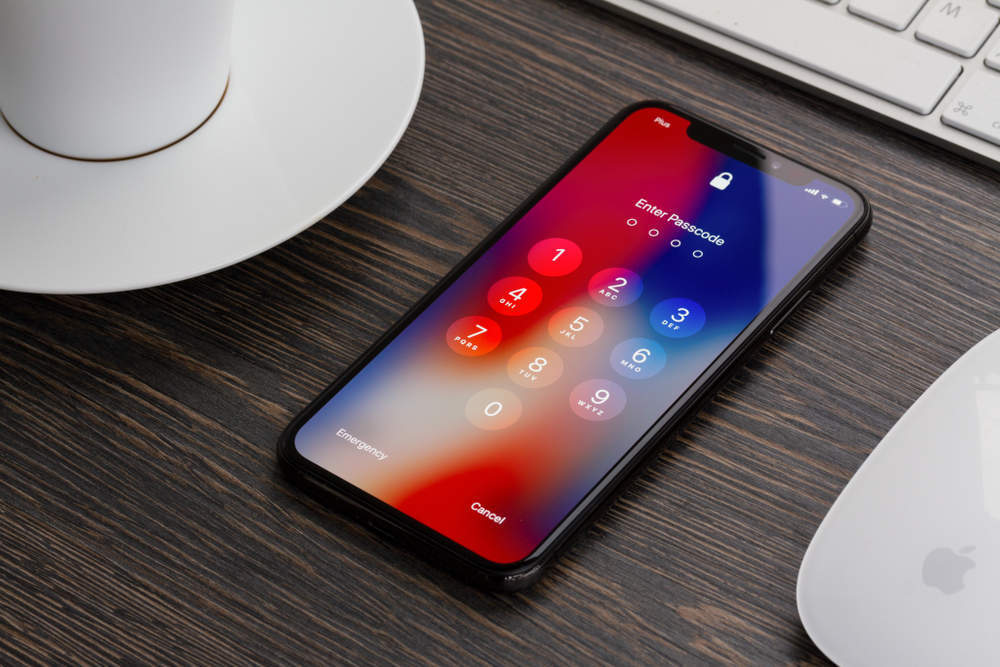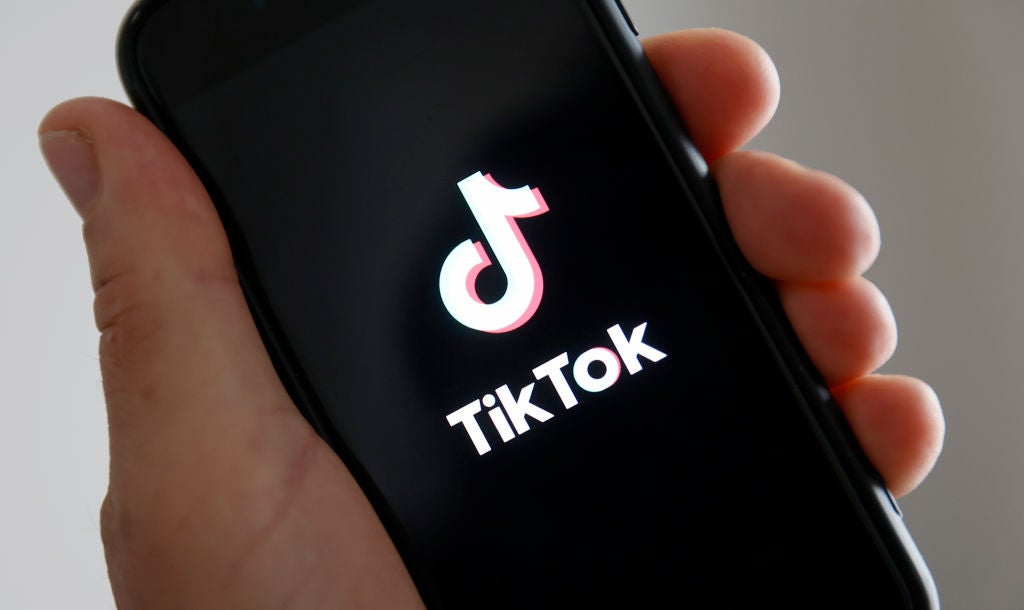
It is commonly assumed that expensive smartphones like the iPhone X are only available on contract at the bigger carriers like Verizon Wireless and AT&T in the U.S., but that is far from true.
With increased availability of premium phones like the iPhone X on prepaid budget operators, the line between prepaid devices and phones available on contract has blurred.
With a 5.8‑inch edge-to-edge OLED screen, dual 12MP cameras and facial recognition, the iPhone X at a price of over $1000, is one of the most expensive smartphones in the US and the world today.
But if you think that premium smartphones are only available on contract at bigger operators like Verizon Wireless and AT&T, well, think again.
This year saw the influx of the uber-premium iPhone X not only at the mid-size US prepaid operators like Cricket Wireless, Boost Mobile, MetroPCS and Virgin Mobile but also at the even smaller price-sensitive US operators such as Total Wireless and the Walmart exclusive, StraightTalk, drawing a fine line between prepaid devices and phones available on contract .
iPhone X signals change of approach
Apple had a token prepaid presence beginning in 2016, with a strategy that consisted of the vendor offering prepaid providers its newest flagship phones several months after their initial launch.
How well do you really know your competitors?
Access the most comprehensive Company Profiles on the market, powered by GlobalData. Save hours of research. Gain competitive edge.

Thank you!
Your download email will arrive shortly
Not ready to buy yet? Download a free sample
We are confident about the unique quality of our Company Profiles. However, we want you to make the most beneficial decision for your business, so we offer a free sample that you can download by submitting the below form
By GlobalDataThat strategy changed with the iPhone X, when the US$1000 phone showed up at Cricket Wireless and Boost Mobile at the same time it showed up on the shelves of major carriers in November 2017.
In Europe, older iPhone models are usually sold through operators’ lower-cost or prepaid secondary mobile brands, but the premium iPhone X has yet to make an appearance.
There are some lower-cost European brands that sell the iPhone X, such as Telefonica’s giffgaff in the UK and Congstar in Germany, but these tend to be the exception, rather than the rule.
Why is this a trend in the US?
Prepaid wireless services have now become a significant growth engine for US carriers, and as such, Apple realised it needed to get its phones in the hands of as many customers as possible – especially as it has begun to see its market growth slow.
But interestingly, Apple has not had to change its smartphone strategy to appeal to a more price-sensitive prepaid customer. In fact, with the iPhone X, Apple has been able to charge more and still see growth in this segment.
According to GlobalData’s US Handset Web Pricing tracker, iPhones sold through prepaid carriers grew by 28% in Q2 2018, compared with a year ago.
iPhones accounted for almost 60% of all phones available via prepaid carriers in Q2 2018. In other words, three out of five phones in prepaid were an iPhone.
Third-party financing
Smartphone financing plans from third-party companies are a key driver for the adoption of iPhones in the prepaid segment.
These plans are available for the prepaid customer with credit issues, which allows a wider range of consumers to buy the latest flagship phones – a $30 monthly payment for a smartphone is exponentially more appealing (and less of a bill shock) than a lump sum payment of $1000+.
Rival manufacturers Samsung and LG have long been friends to prepaid, albeit with non-flagship entry-level devices. The advent of iPhones at prepaid operators, and the cumulative increase in the number of Apple products in the subsequent year have spurred Samsung and LG to bring their own flagships to the prepaid table and promote them aggressively.
The influx of premium smartphones in to the prepaid market by no means marks the end of entry-level phones in the US. Low-end phones will continue to remain popular in the prepaid category fuelled by value handsets from LG, Alcatel and ZTE (if the political climate permits), and even Samsung on a smaller scale.
However, the demand for high-end phones in prepaid allows Apple and Samsung to capitalise on a previously overlooked segment of the wireless market, one that shows growth potential for both volume sales and margins. European operators and customers should take note of this U.S. trend, particularly with a new iPhone model launch anticipated for next month.





Related Company Profiles
Apple Inc
Telefonica SA
LG Corp